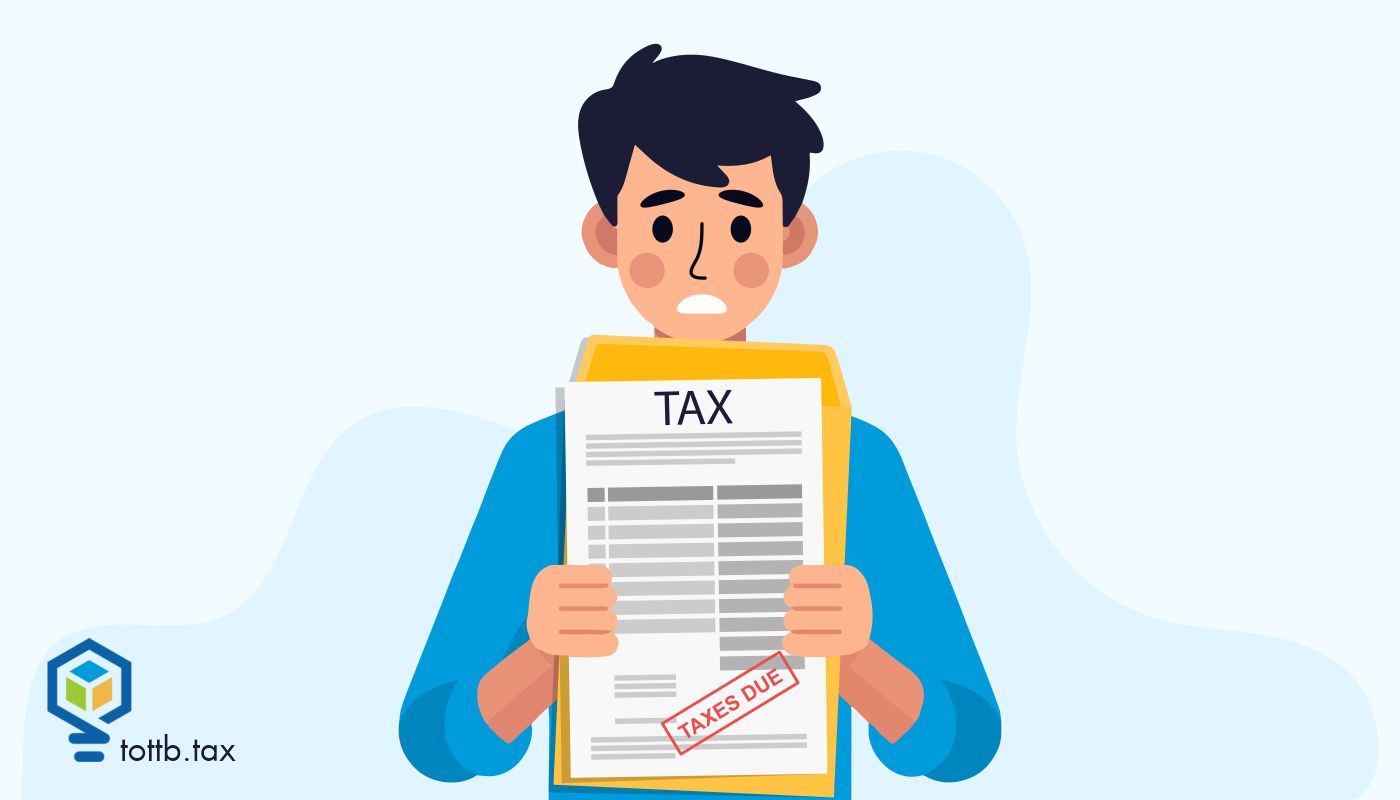Companies that specialize in the Credit for Increasing Research Activities (also known as the R&D tax credit) sell hard to our clients. During tax season they are online looking for businesses who may qualify for this credit—especially startups. They cast an extremely wide net that has the potential for a lot of bycatch. While it’s true that the R&D credit is often overlooked by small businesses and their return preparers, it’s not as easy to qualify for the credit as some of these companies want small business owners to believe. Savvy tax professionals can help to ensure that their qualifying business clients receive the benefit of this credit while avoiding situations that would make them ineligible for it.

Lessons Learned from the Tax Court: The Root of the Issue
When is a business really a business? As Supreme Court Justice Potter Stewart said in 1964, “I know it when I see it.” The US Tax Court, however, maintains a slightly less subjective standard. The Roots were pretty sure they were running a bona fide business; the IRS, however, didn’t share the sentiment. And since we’re reading about them in a segment called “Lessons Learned,” one should assume it did not go the way the Roots would have liked.






